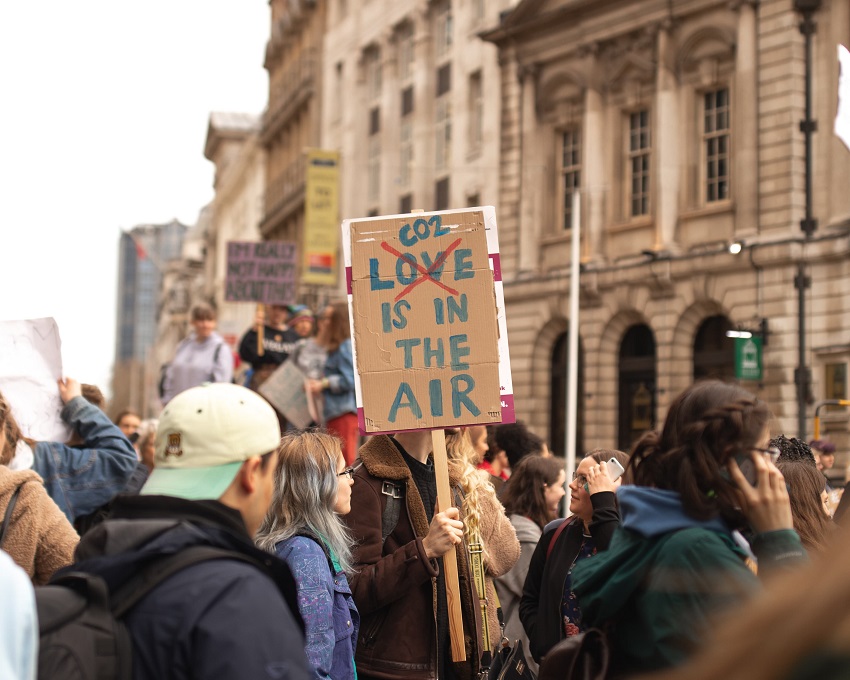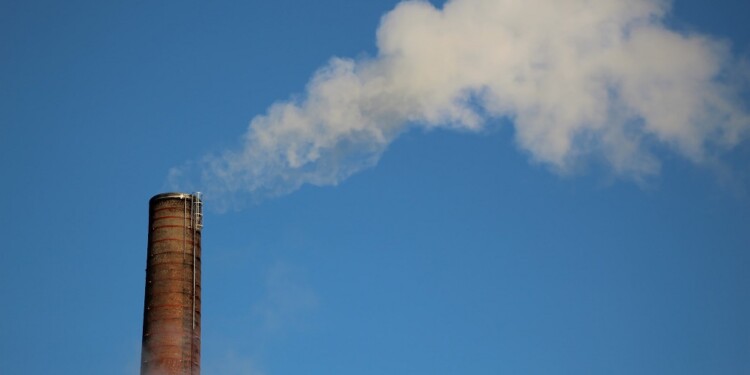Climeworks made headlines at the end of March by being included in the Time100 Most Influential Companies list for 2022 within the ‘Innovators’ category. This list highlights companies that are having a sizeable positive impact on the world today, evaluating them on their relevance, impact, innovation, leadership, and success.
There was definitely a solid basis for Climeworks’ inclusion amongst other successful and prestigious companies on the Time100 as, just a month later, the company signed an equity round of CHF 600 million ($650 million). This is the largest carbon removal startup deal ever and signals a new era for an industry that will be at the forefront as we attempt to tackle climate change in the future.
The most recent IPCC report has made it abundantly clear that reducing CO₂ emissions will not be enough to keep global warming below 1.5 °C. We have now reached a point where we actively need to remove CO₂ from the atmosphere in order to protect future generations from the negative consequences of global warming. If we don’t combat climate change with a combination of these two approaches, there is no way that we will be able to reach the UN target of net zero emissions by 2050 and eventually transition to net-negative emissions globally.
Since Climeworks was founded in 2009, the company has been at the forefront of the carbon removal scene. Aside from the ground-breaking value of the recently approved equity round, Climeworks also opened the biggest direct air capture and storage facility in the world in September of last year. The recent influx in investment is being led by some of the most respected technology and infrastructure investors globally, including Partners Group, GIC, Baillie Gifford, Carbon Removal Partners, Global Founders Capital, John Doerr, M&G, and Swiss Re.

Confidence amongst investors is high as this new era of funding for Climeworks is set to lay the foundations for the company to scale up the capacity of its direct air capture facilities as the carbon removal industry grows to become a trillion-dollar market. This quote from Lee Qian, the Investment Manager at Baillie Gifford, was included in the equity round press release:
“Whilst there is no silver bullet for addressing climate change, Climeworks’ direct air capture technology has the potential to play an important role in helping the world avoid its worst impacts. There will be many hurdles to overcome, but the scale of the opportunity is huge. We have been very impressed by Climeworks’ management team and are excited to support them on the journey ahead.”
The direct air capture technology pioneered by Climeworks removes CO₂ from the atmosphere in a two-step process. Air is initially taken into the collector by a fan. The CO₂ is then captured on the surface of a filter material that sits within these collectors through the process of ‘adsorption’. Once this material is full of CO₂, the collector closes and the temperature is increased to between 80 and 100 °C. This releases the CO₂ to be collected, mixed with water, and pumped underground. Natural mineralization processes cause the CO₂ to react with basalt rock below the earth’s surface, turning it into stone and removing it from the atmosphere for hundreds of years.
Large-Scale Carbon Capture is Finally Underway |Direct Air Capture: Resource Considerations and Costs for Carbon Removal | To Unlock the Potential of Direct Air Capture, We Must Invest Now | Iceland Introduces World’s Largest Carbon Capture Machine
Whilst trees naturally remove CO₂ from the atmosphere through photosynthesis, Climeworks’ process is far swifter. It takes trees approximately ten years to remove CO₂ once they are planted, whereas Climeworks’ direct air capture takes between two and five years to come into full effect. Afforestation requires lots of water, land resources and appropriate weather conditions, unlike Climeworks air capture technology. Also, there is the potential for the removed CO2 to be released back into the atmosphere in the event of a forest fire or deforestation in the future.
Each direct air capture machine is powered by renewable or waste energy. These machines also run at a minimum of 90% efficiency, meaning that for every 100 tonnes of CO₂ removed from the atmosphere, only up to 10 tonnes are re-emitted. The low grey emission levels across Climeworks’ operational plants are setting the standard for carbon renewal technology and provides hope that, globally, we can reach the climate change benchmarks set by the Paris Agreement in 2015.
Editor’s Note: The opinions expressed here by Impakter.com columnists are their own, not those of Impakter.com – In the Featured Photo: CO₂ needs to be actively removed from the atmosphere if we are to reach the targets set by the 2015 Paris Agreement. Featured Photo Credits: Unsplash.











